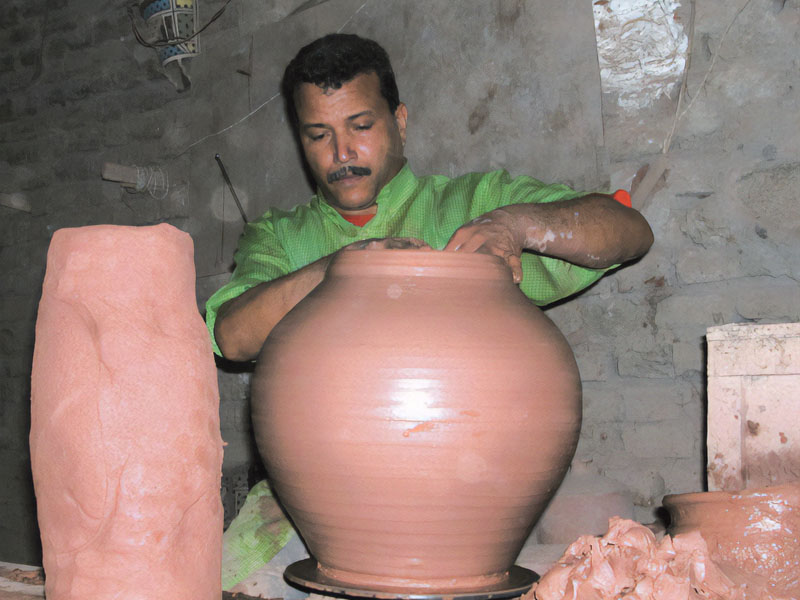The method of documenting the folkloric material
Issue 7

Mustapha Jaad - EGYPT
T he reality of the Arabic folkloric research from the middle of the last century so far indicates that we have reached a stable phase concerning research methods and field collection. We have now evidences for field collection different from the other tools in other sciences, and we have profited from the method based on observation, observation with participation, contrast and other anthropologic methods employed in the folkloric research. We have a complete method in the research called the ‘the folkloric method’ that treats the folkloric material in its historical geographic and psychological entrances, thus we have effective tools tested over the decades and benefited for their outcomes. The folkloric research is also updated to the use of the theory in research and analysis, as the function, the folkloric worlds, transit, and reproduction, etc. The main reason behind the discovery of this method in the field is the close connection between folklore and anthropology. Some researchers believe it is a branch of it. Science documenting is relevant to a process of documenting science, informatics and libraries, not profited by the researchers in the field, hence the missing of a vision of taking advantage from documentation and informatics in documenting folklore. Today, the need of a method of documenting the folklore has become more urgent than ever before, the globalization age forces those working in the field of humanities to be more engaged in the world and exchange culture for research and comparison. Moreover, audio-visual registration tools have become more widespread, more accurate and less expensive. This explains the call of the American anthropologists at the end of the nineties for a ‘visual anthropology’ that encourages informants to collect their materials themselves and photograph their culture from their own vision, and this keeps tuned with the multimedia advances. The informatics is connected to 3 major methods that can be employed in folklore: classification, extraction, and treasures science. The researcher concludes that folklore documentation needs a unique method to preserve our Arabic memory through the 3 following axes: - Top of a common theme having a number through a principle tool like the folklore treasure - Preparing the field material and drawing a uniform method in order to retrieve and analyze. - A multimedia big information database covering this material.







































































